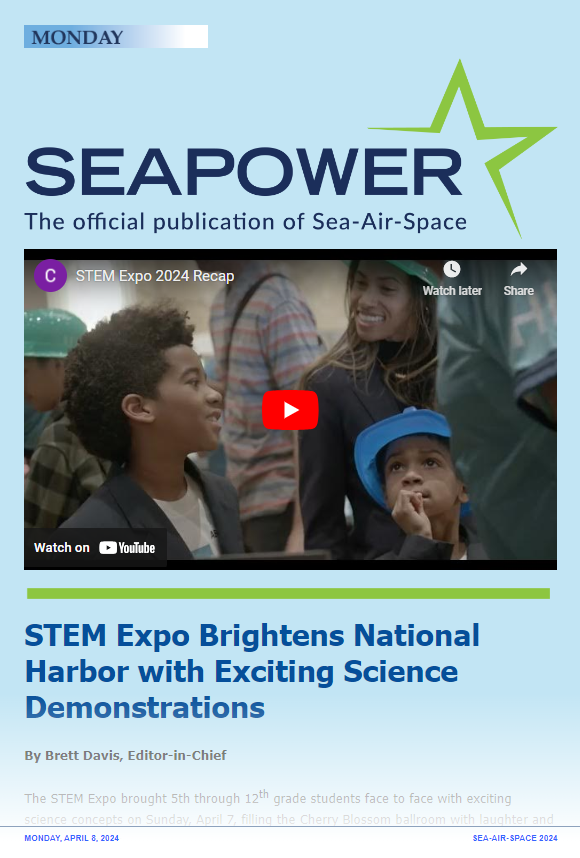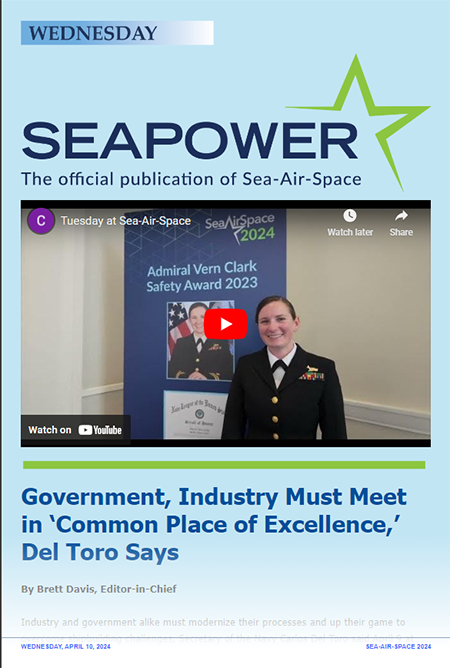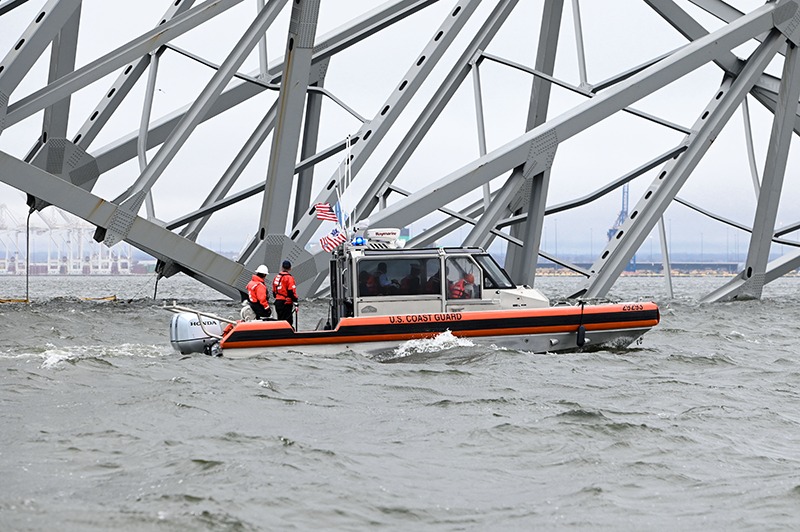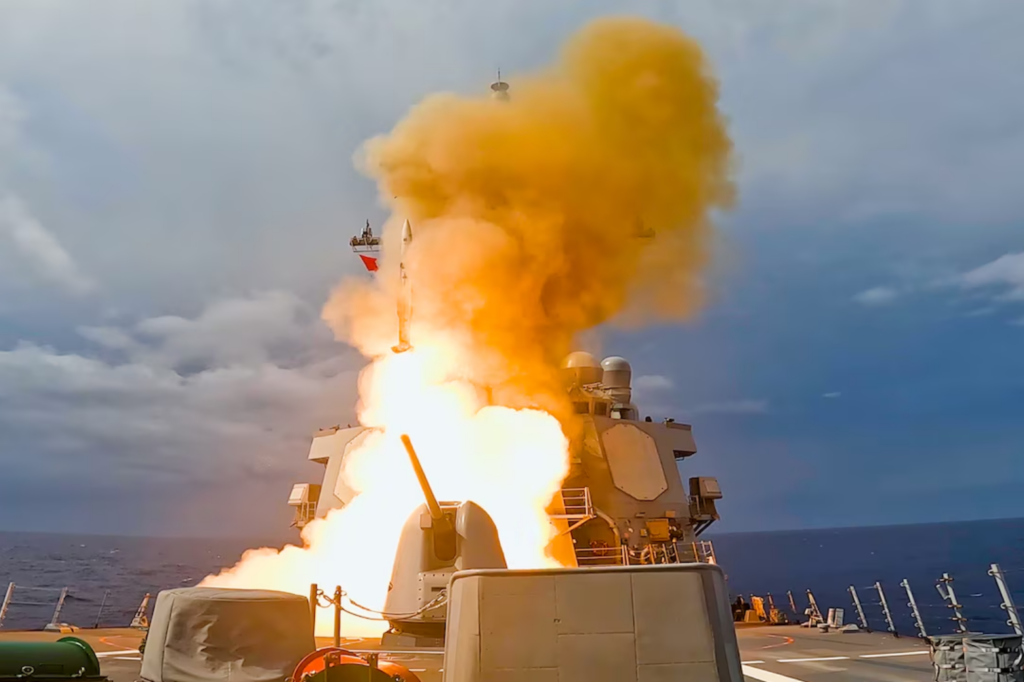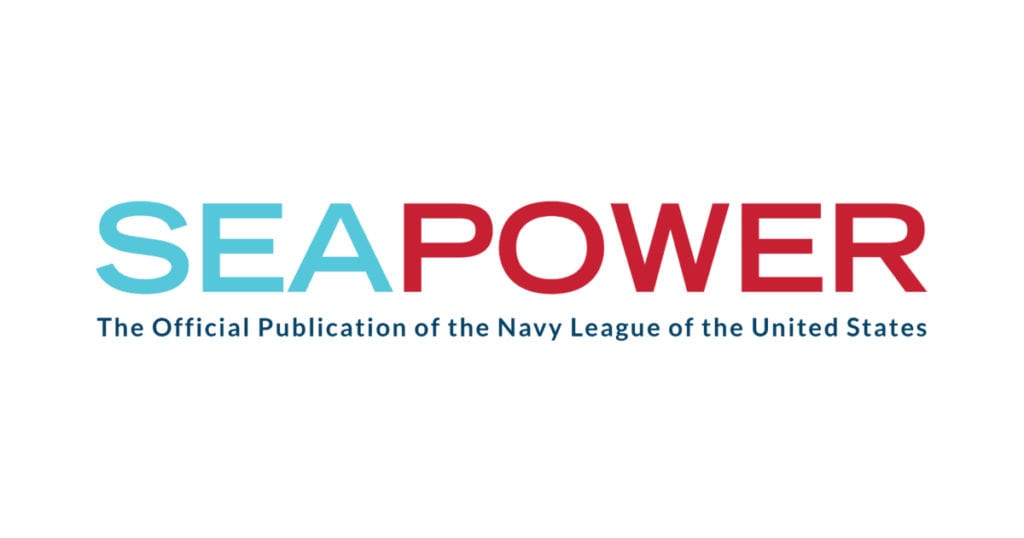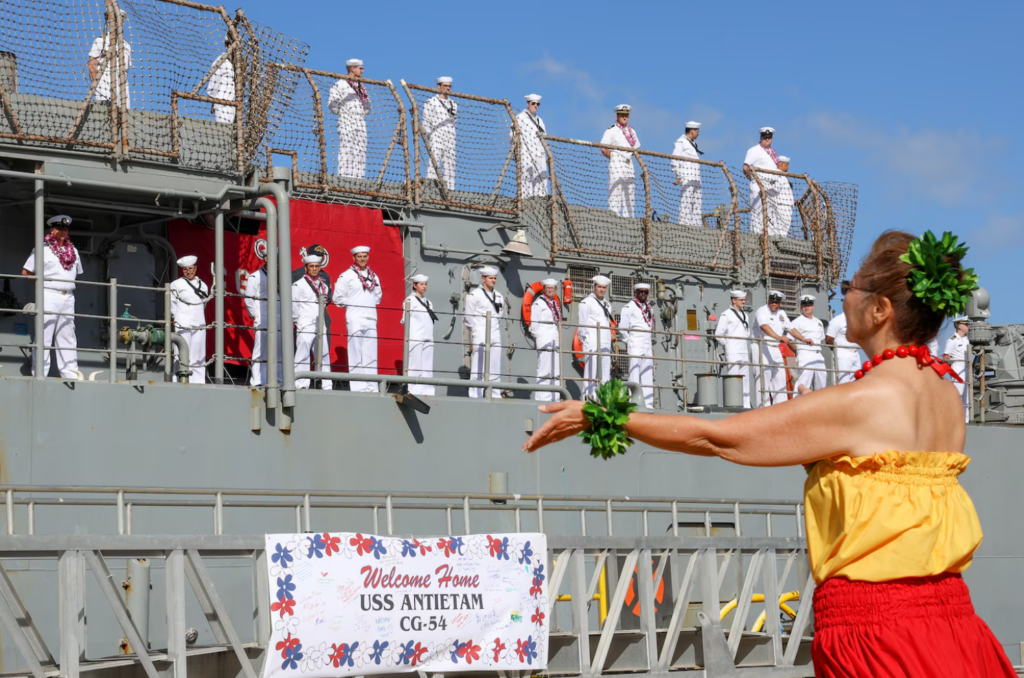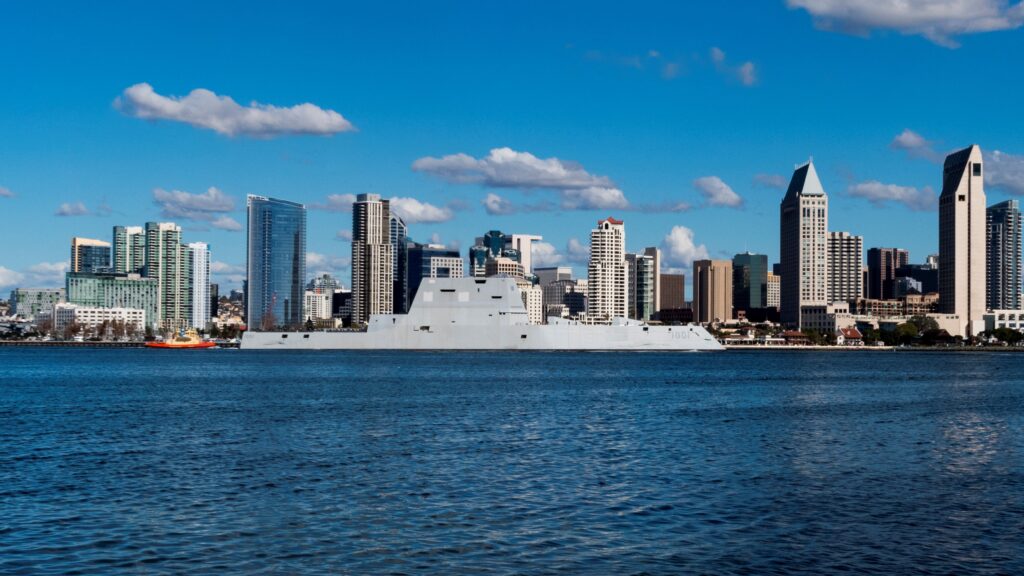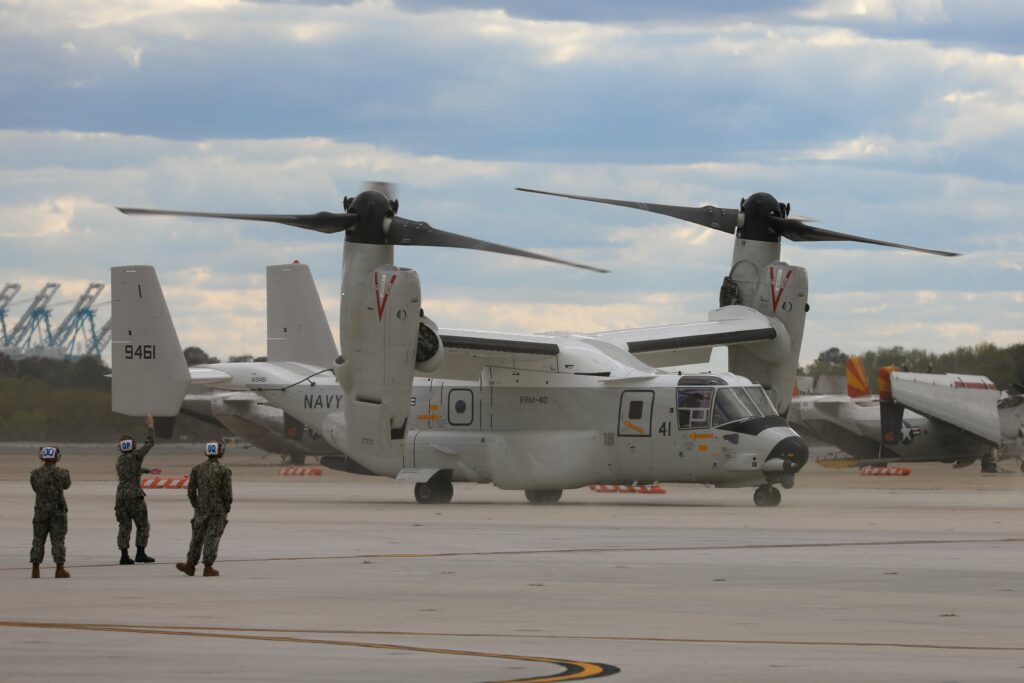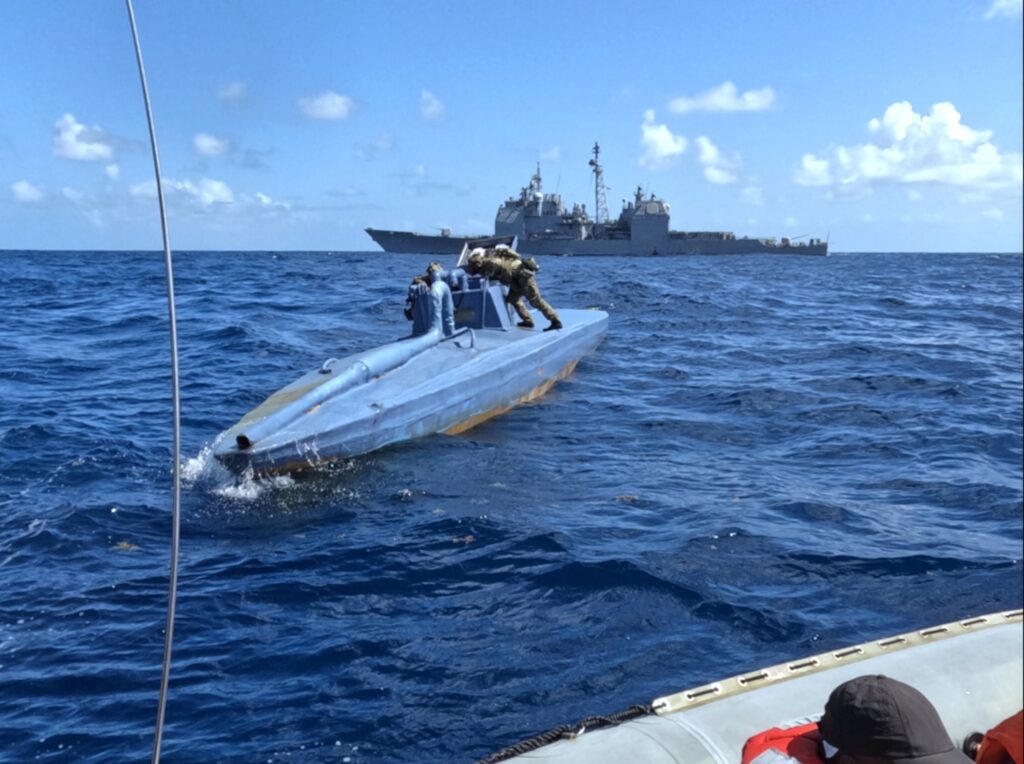BAE Receives Additional Contracts for Amphibious Combat Vehicles
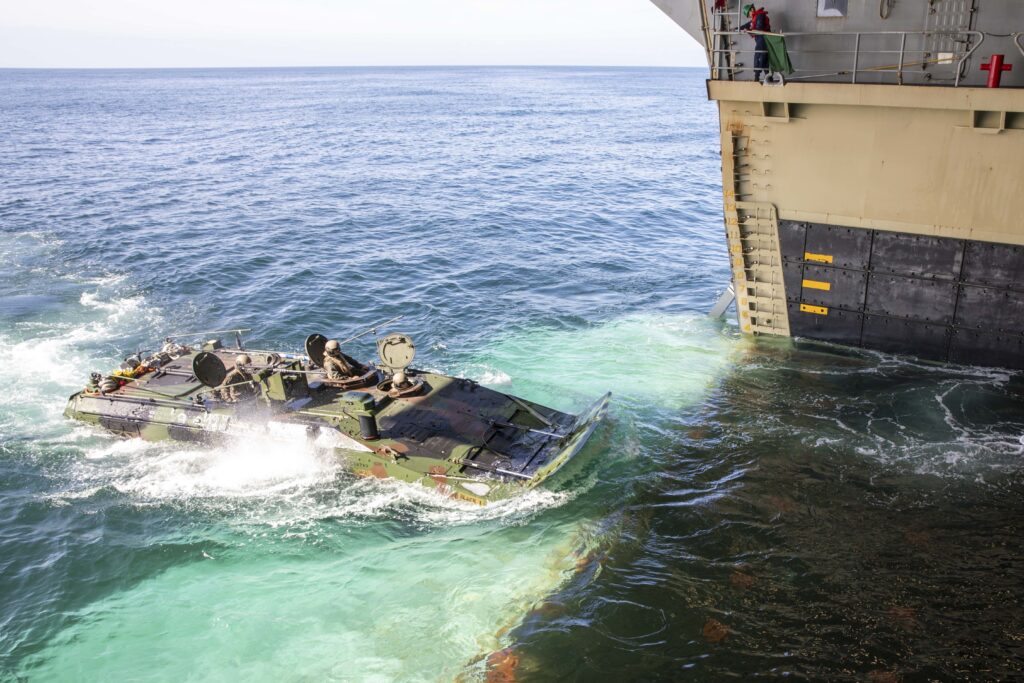
BAE Systems has been awarded an additional $25 million firm-fixed-price modification to a previously awarded $181 million contract by the U.S. Marine Corps for more Amphibious Combat Vehicles (ACVs) under the Marine Corps’ fourth order for full-rate production (FRP).
Total cumulative face value of the contract is $2.7 billion. In addition to vehicle production, the award covers the procurement of ACV Personnel (ACV-P) variants, fielding and sustainment costs, and support and test equipment.
Vehicles produced under this contract will fulfill the Marine Corps’ fleet requirements for ACV-Ps, providing them full operational amphibious capability to execute operations around the world.
“This contract award allows us to continue to deliver this critical capability to the Marine Corps to enable warfighters to complete ship-to-shore missions and other expeditionary requirements,” said Garrett Lacaillade, vice president of amphibious vehicles for BAE Systems. “We continue to work hand-in-hand with our strategic partner Iveco Defense Vehicles and the Marine Corps to ensure that ACVs are ready for current and future deployments.”
ACV-P is the first in a family of four variants to be manufactured and delivered to the Marine Corps. Additional variants include the ACV Command and Control (ACV-C) variant which is currently in production; the ACV 30mm Cannon (ACV-30) variant which production ready test vehicles were delivered for testing earlier this year; and an ACV Recovery (ACV-R) variant which recently completed the design and development phase.
The ACV 8×8 platform provides true open-ocean amphibious capability, land mobility, payload, and growth potential to accommodate future variant growth and technology integration to meet the Marine Corps’ ever-evolving operational needs.
ACV production and support is taking place at BAE Systems locations in Stafford, Virginia; San Jose, California; Sterling Heights, Michigan; Aiken, South Carolina; and, York, Pennsylvania. Deliveries are anticipated to begin in late 2025.
